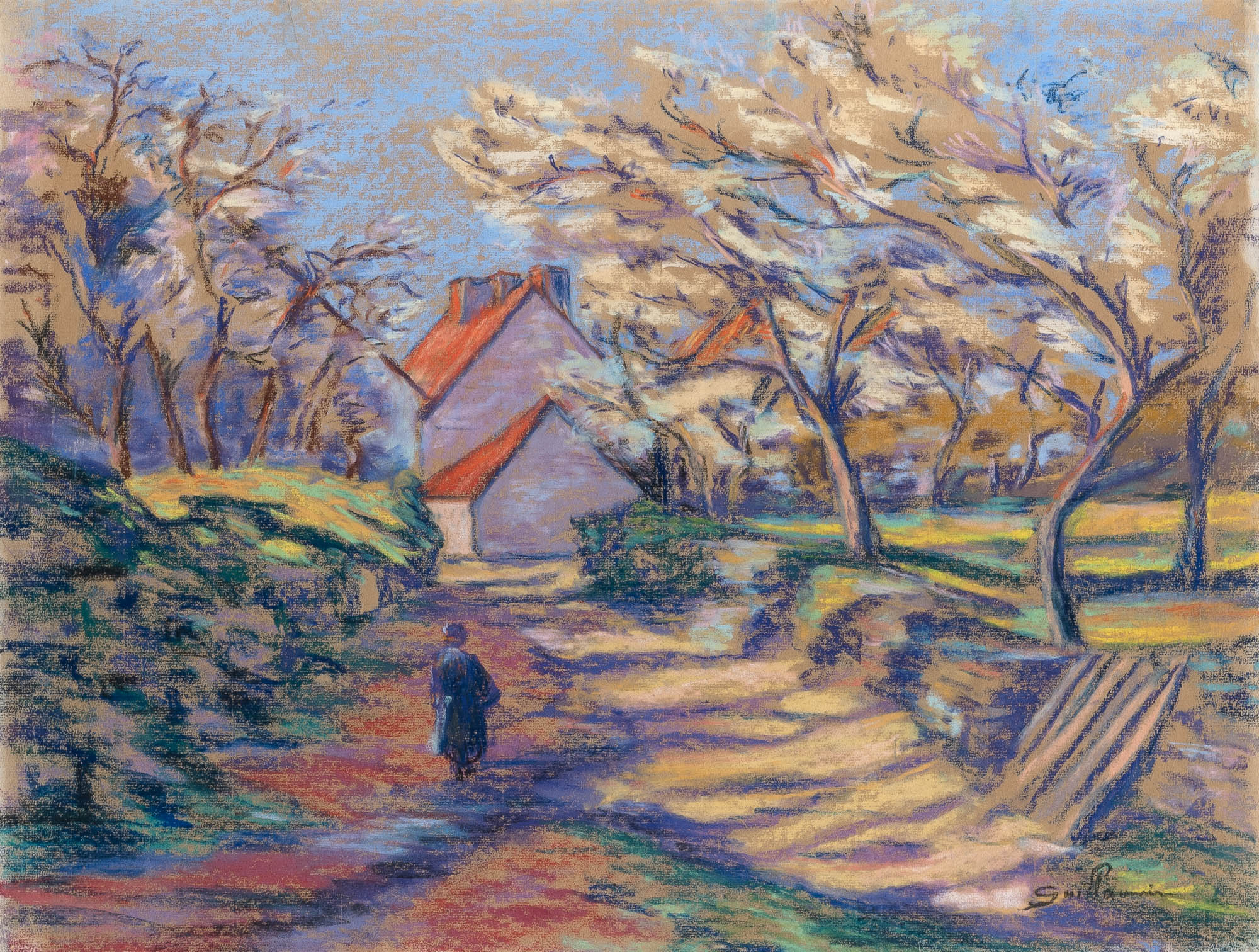
Jean-Baptiste Armand Guillaumin
French, 1841-1927
A founding figure of French Impressionism, Jean-Baptiste Armand Guillaumin is celebrated for his radiant landscapes and bold use of color. He trained at the Académie Suisse, where he met Camille Pissarro and Paul Cézanne, formative relationships that placed him at the heart of avant-garde Paris. Though he never achieved the same fame as his peers, Guillaumin was deeply respected among fellow artists for his commitment to capturing nature with intensity and immediacy.
Guillaumin exhibited in the landmark first Impressionist Exhibition of 1874, aligning his work with a movement that would redefine modern art. Unlike some of his contemporaries, he maintained a consistent focus on landscape, capturing the banks of the Seine, the Creuse Valley, and the outskirts of Paris in vivid, expressive tones. His palette, often more saturated than those of his Impressionist peers, presaged elements of Fauvism and underscored his independent vision.
A lottery win in 1891 freed him from civil service, allowing him to paint full time. His mature works, characterized by their light and structure, offer a distinct voice within the Impressionist genre, appealing to collectors seeking both authenticity and individualism in 19th-century French painting. Today, Guillaumin’s paintings are held in major institutions including the Musée d’Orsay, the Hermitage, and the Metropolitan Museum of Art.


